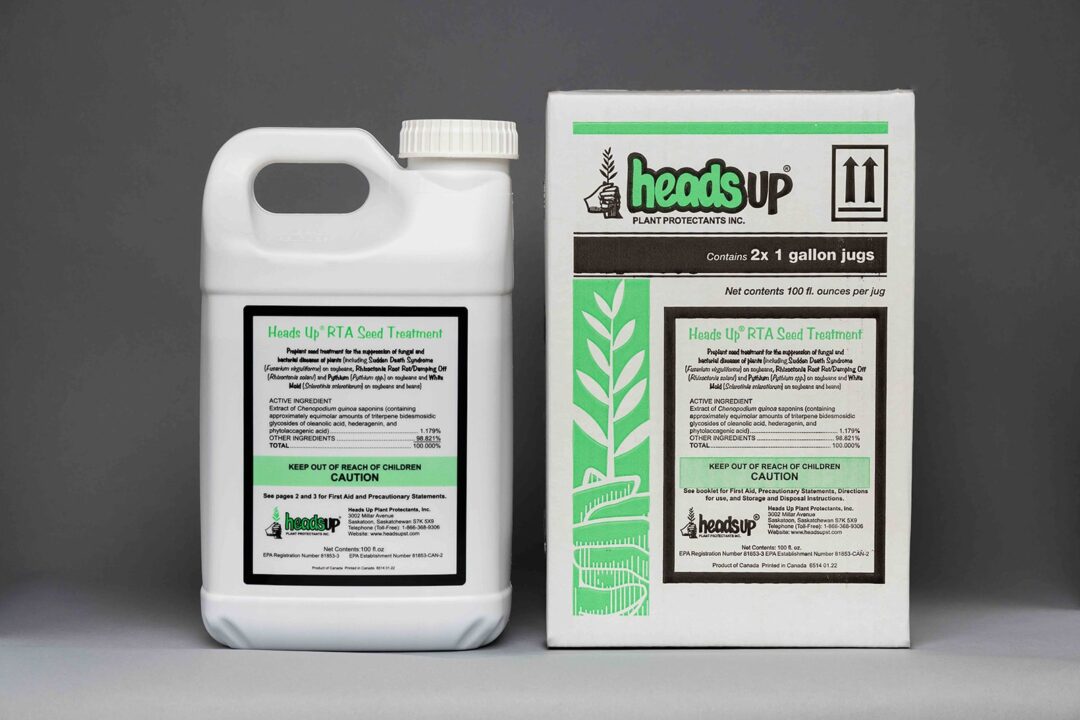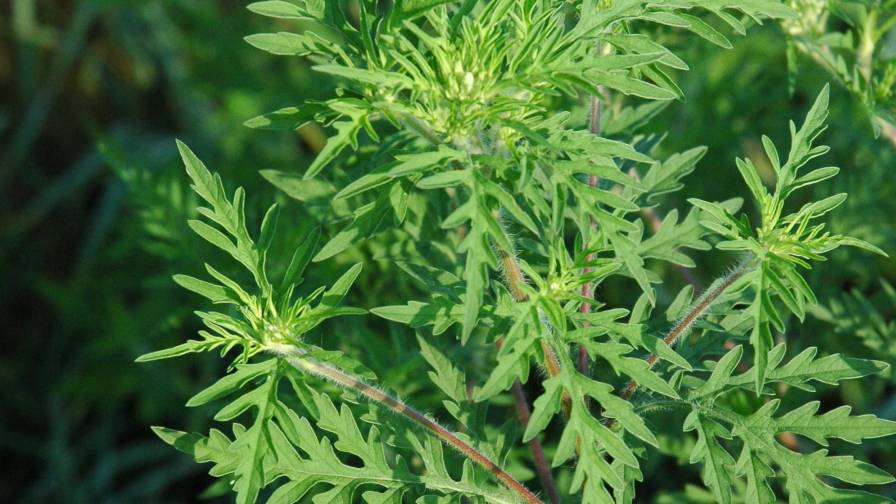Soil Testing: What’s In It For Me?
Soil testing has been a recommended management practice for crop producers by agronomists, extension agents, and crop consultants for years. Of the many crop management practices soil testing is one of the simplest and least expensive to implement. Surprisingly, however, the practice of a consistent soil-testing program is not part of the overall crop management program on many farms, according to PennState Extension.
There are several reasons why crop producers should implement a consistent soil-testing program.
Let’s get right to the heart of the issue. Ultimately you are growing crops to make money. The number-one thing soil testing can do is help you become more profitable.
In order to maximize the return on every dollar you spend on fertilizer, it is important that the right combination and rates of fertilizer materials be used for the crop to be grown. Soil test information based on a realistic yield goal is essential to making the decisions on fertilizer needs. Without soil tests it is impossible to determine which nutrients are in short supply and which ones are adequate for the crop. It is like trying to play darts blindfolded after being spun in a circle twenty times.
For instance, a soil test report may show that the nutrient levels in your soils are adequate and that you can make optimum yields with less fertilizer than you are currently using. Cutting back on fertilizer can make you money because you spend less while making the same yield.
Correspondingly, soil testing can help identify fields that have low nutrient levels and need more fertilizer than you are applying. Increasing the amount of fertilizer applied, while also increasing fertilizer input costs, will increase the yield potential of those low fertility fields. In these cases, you will make more profit by increasing spending.
A third way soil testing can increase your profits is by identifying acidic fields where low pH is limiting the availability of essential nutrients. As a result, your yields are reduced by an inefficient use of the fertilizer you applied. By applying lime and increasing pH levels to desired levels you may increase profits.
Read the full story on Extension.PSU.edu.






